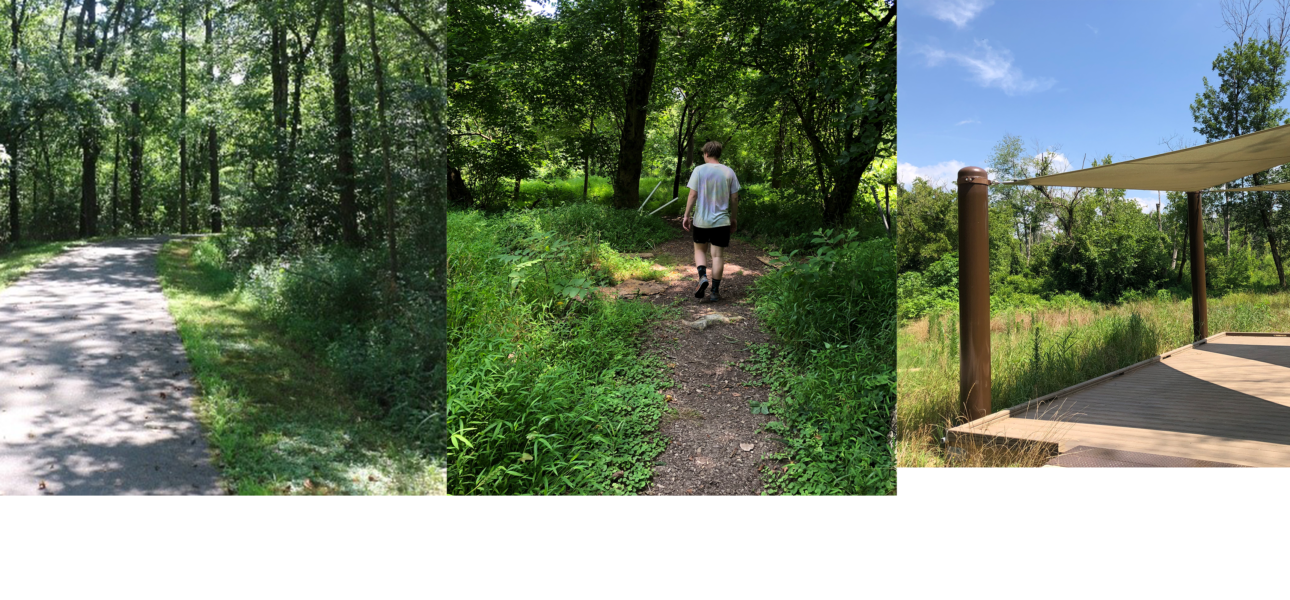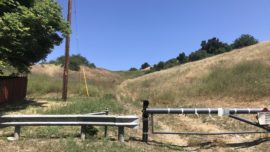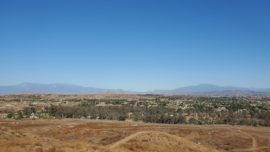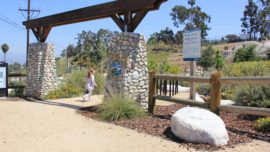Alta's comprehensive master plan for Raleigh City Park reveals innovative design, environmental focus, and community input integration.
Alta was hired by the City of Raleigh Parks, Recreation and Cultural Resources to create a comprehensive plan and construction documents for the development of the Walnut Creek Wetland Park. As part of this endeavor, the team engaged in stakeholder interviews to gather insights from individuals with a vested interest in the site and its surrounding area. To aid in the planning process, the project utilized drone flight imagery to obtain high-resolution aerial images and conduct topographic analysis of the park. Additionally, an inventory of the park’s existing conditions was completed, which included a field inventory, preliminary wetland delineation, and characterization of flora and fauna. All of these findings played a pivotal role in the master planning, detailed design, and eventual implementation phases of the project.
The final park master plan incorporated various elements. It featured a rendered site plan, highlighting interpretive areas and potential boardwalk locations. Moreover, the plan outlined park enhancement features such as gateways, signage, and other amenities. It also designated the locations of bridge crossings, spurs, and connections to adjacent bicycle and pedestrian facilities. To maintain the park’s ecological balance, the plan addressed environmental aspects, including defining areas for invasive species management, habitat restoration, native landscape preservation, and identifying stream buffer locations and enhancement zones.
During the design phase, the team developed a remarkable teaching platform within the floodway. This platform possessed the unique ability to float during 10-year storm events, ensuring it would not obstruct the floodway during floods. Based on floating dock design principles, the platform rested on a concrete foundation during dry periods, and its floating capabilities activated during storms to prevent any negative impact on floodwater flow. Despite being situated in the effective floodway, the design team successfully established a No-Rise condition, ensuring it would not contribute to floodwater levels. This innovative teaching platform would serve as an invaluable educational experience, allowing children to interact with the wetland, dip nets into the water, and learn about stormwater and its management.






